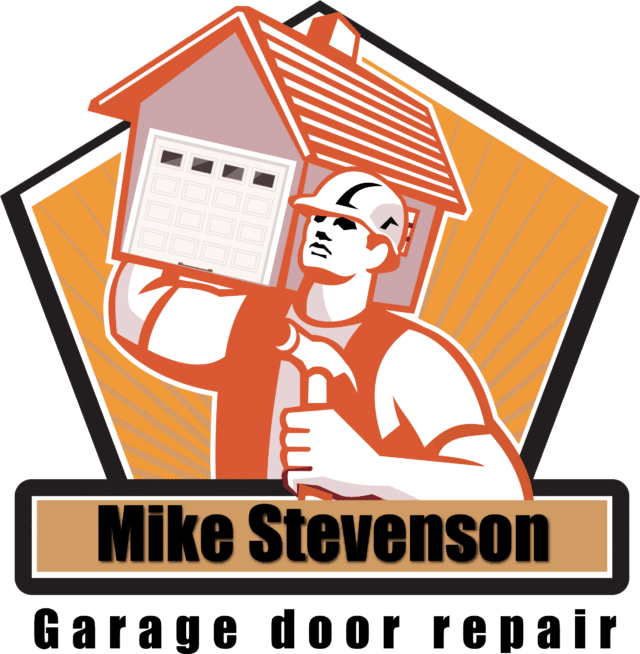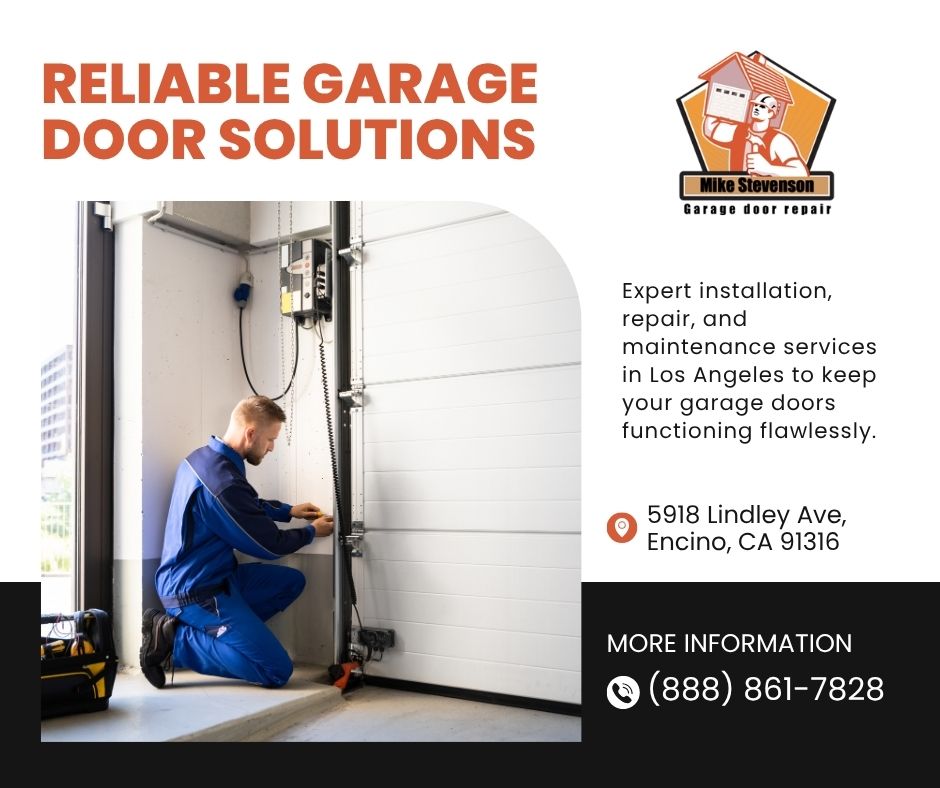When a garage door suddenly stops working, many homeowners immediately think of the remote or the springs. However, the gears and motor that power the opener are just as essential—and often overlooked—in any successful garage door repair. These components work together to lift and lower your door smoothly. Understanding how they function and what can go wrong can help you detect problems early and know when it’s time to seek professional help.
How the Motor Powers the Garage Door
The garage door motor acts as the heart of the system. It converts electrical energy into mechanical movement, which allows the opener to raise and lower the door with ease. Most residential systems use either chain-drive, belt-drive, or screw-drive motors, depending on the model and brand.
As the motor runs, it engages the gear system to turn a drive shaft or belt connected to the door. If the motor fails, the entire system becomes nonfunctional. Symptoms of motor issues may include humming sounds without movement, overheating, or complete silence when the opener is activated. Power surges, old age, or overheating can all cause motor failure.
Gears: The Unsung Heroes of Smooth Operation
Gears work in tandem with the motor to transfer torque and control the direction and speed of movement. In most garage door openers, a small plastic gear assembly—usually a worm gear—connects to the motor. Over time, these gears can wear out, especially if the door is misaligned or lacks proper lubrication.
When gears are damaged, you might hear the motor running but see no door movement. Sometimes, visible shavings inside the opener housing can indicate a worn gear. Replacing the gear set is often more cost-effective than replacing the entire motor, especially in older units.
Signs You Need Gear or Motor Repair
If your garage door struggles to open, hesitates, or moves unevenly, it could be a sign that the gears are worn or the motor is failing. Burning smells, grinding noises, or repeated resetting of the circuit breaker also signal deeper electrical or mechanical issues.
Although some DIY kits exist for gear replacement, many problems involving motors require the knowledge and tools of a trained technician. Regular maintenance—such as keeping moving parts lubricated and ensuring the door is properly balanced—can reduce stress on these critical components.
In conclusion, gears and motors are fundamental to the functionality of your garage door system. If you’re experiencing any of the symptoms mentioned above, it’s time to schedule a professional garage door repair to restore your door’s performance and safety.

